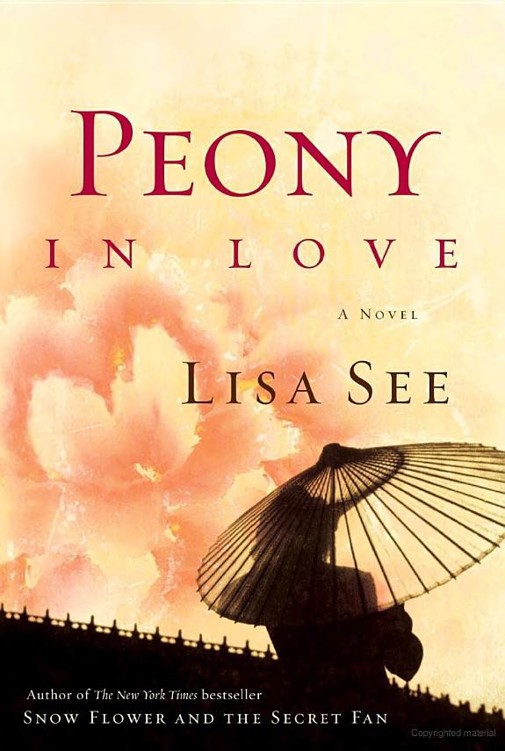
Peony in Love
A Novel
کتاب های مرتبط
- اطلاعات
- نقد و بررسی
- دیدگاه کاربران
نقد و بررسی

Starred review from April 23, 2007
S
et in 17th-century China, See’s fifth novel is a coming-of-age story, a ghost story, a family saga and a work of musical and social history. As Peony, the 15-year-old daughter of the wealthy Chen family, approaches an arranged marriage, she commits an unthinkable breach of etiquette when she accidentally comes upon a man who has entered the family garden. Unusually for a girl of her time, Peony has been educated and revels in studying The Peony Pavilion
, a real opera published in 1598, as the repercussions of the meeting unfold. The novel’s plot mirrors that of the opera, and eternal themes abound: an intelligent girl chafing against the restrictions of expected behavior; fiction’s educative powers; the rocky path of love between lovers and in families. It figures into the plot that generations of young Chinese women, known as the lovesick maidens, became obsessed with The Peony Pavilion
, and, in a Werther
-like passion, many starved themselves to death. See (Snow Flower and the Secret Fan
, etc.) offers meticulous depiction of women’s roles in Qing and Ming dynasty China (including horrifying foot-binding scenes) and vivid descriptions of daily Qing life, festivals and rituals. Peony’s vibrant voice, perfectly pitched between the novel’s historical and passionate depths, carries her story beautifully—in life and afterlife.

Starred review from May 15, 2007
In 17th-century China, pampered daughters of wealthy families emulated the romantic tragedy depicted in the popular operaThe Peony Pavilion . These teenagers, known as the lovesick maidens, starved themselves to death, writing of romantic perfection. Such is the basis for See's extraordinary new novel. During a performance ofThe Peony Pavilion on her family's estate, 15-year-old Peony (the real-life Chen Tong) has a chaste but daringly forbidden chance encounter with a young poet just as she is about to enter into an arranged marriage. Now unable to bear being wed to a stranger, Peony refuses all sustenance while she writes her thoughts of romance in the margins of the play's script. At her death, Peony, trapped in the afterworld as a tortured "hungry ghost," infiltrates her beloved's subsequent marriages, seeking respite from her torment. See takes another little-known chapter of Chinese history, flavors it with the minutely researched customs and superstitions of the time, and produces a soaring, stunning novel of Chinese women who gave voice to their creative endeavors, no matter what the cost. Highly recommended. [See Prepub Alert, LJ 3/1/07.]Beth E. Andersen, Ann Arbor Dist. Lib., MI
Copyright 2007 Library Journal, LLC Used with permission.

























دیدگاه کاربران